Camping
How To Choose The Best Firewood For A Perfect Campfire
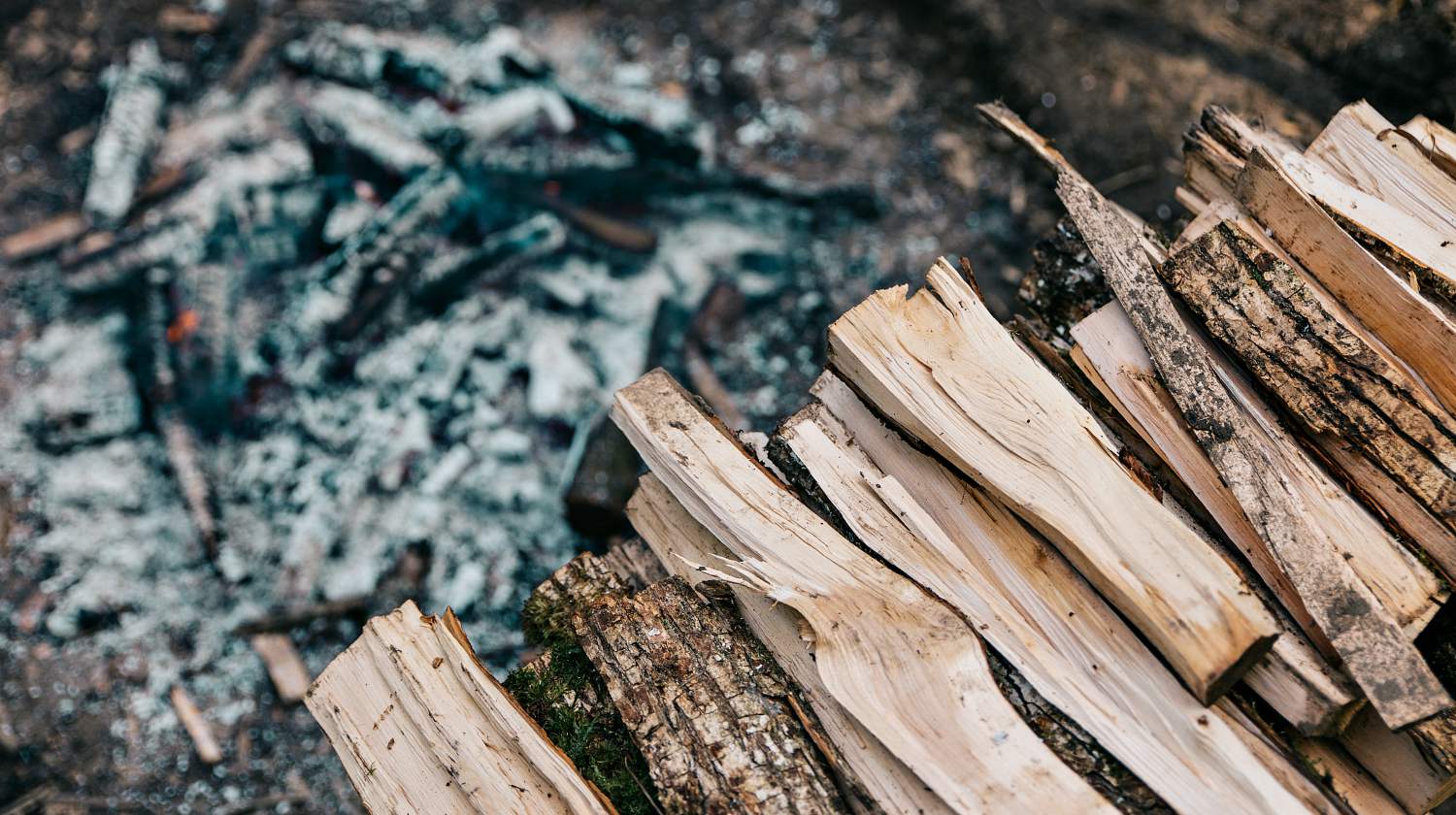
Pick the best firewood and get yourself a nice, cozy, crackling campfire to warm you up and get some campfire food cooking!
RELATED: Ways To Start A Fire | 17 Unconventional Tricks And Techniques
In this article:
The Best Firewood to Make the Best Campfire
SPECIAL: Get The Best Firestarter You’ll Ever Own — FREE!
Building the Perfect Campfire
We’ve already taught you how to build a campfire, but how do you know which wood you should be using?
Of course, most of the time it will simply depend on what you have available. Different types of trees and wood are available in different areas.
Chances are the wood you use will be whichever one is most readily accessible. But using whichever is available can give you disappointing if not disastrous results.
Still, there will be times when you have a choice, especially if you are purchasing the wood from a store or supplier instead of procuring it. We can help you with that by helping you with firewood comparison.
Do you know how to tell the different types of wood apart? Do you know which ones make the best firewood, and why?
The chart below will help you with that!
RELATED: How To Properly Build A Fire: A Step By Step Guide With Safety Tips
Choosing the Best Firewood
|
This chart from Garden Reboot lists several of the most common firewood types, along with their benefits and drawbacks. It will help you in identifying types of firewood to choose for the perfect campfire.
This is also really useful information if you ever find yourself wondering which wood to use to build your fire. For example, if you want minimal effort in splitting firewood, the chestnut won’t give you a whole lot of trouble since it splits easily.
But if you want your fire burning hot, pick oak. While it’s a dense wood, you can put your skills in batoning wood to the test with this one.
For your wood burning fireplace, the cherry is the best smelling firewood that will give off a pleasant aroma and cozy spark without giving off a lot of smoke.
This video from Kenneth Kramm will show you how to make a long-lasting campfire, handy in survival situations:
Survivalists, cut yourself some slack and be a little picky with your firewood. Beggars can’t be choosers when you’re in a survival mode, but if you’re camping out, a sweet smelling fire is a plus.
Treat yourself to a crackling fire, a slow-burning ember, or a bright and aromatic one. With the right kind of firewood, you can create a mood you want for your campfire.
What’s your favorite firewood? Or do you have other firewood types you would like to suggest? Do share your suggestions with us in the comments section below!
Up Next:
- 3 Quick Tips For Identifying Dry Firewood
- Making a Campfire Last All Night
- 20 Genius Campfire Recipes
For awesome survival gear, you can’t make at home, check out the Survival Life Store!
Follow us on Facebook, Instagram, Twitter, Pinterest, and Tumblr!
**Disclaimer: All content on this site is for informational purposes only. Please read our full disclaimer**
Editor’s Note: This post was originally published on March 3, 2016, and has been updated for quality and relevancy.
-
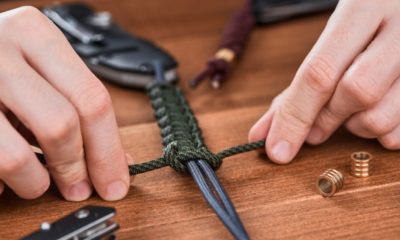
 Do It Yourself7 months ago
Do It Yourself7 months agoParacord Projects | 36 Cool Paracord Ideas For Your Paracord Survival Projects
-
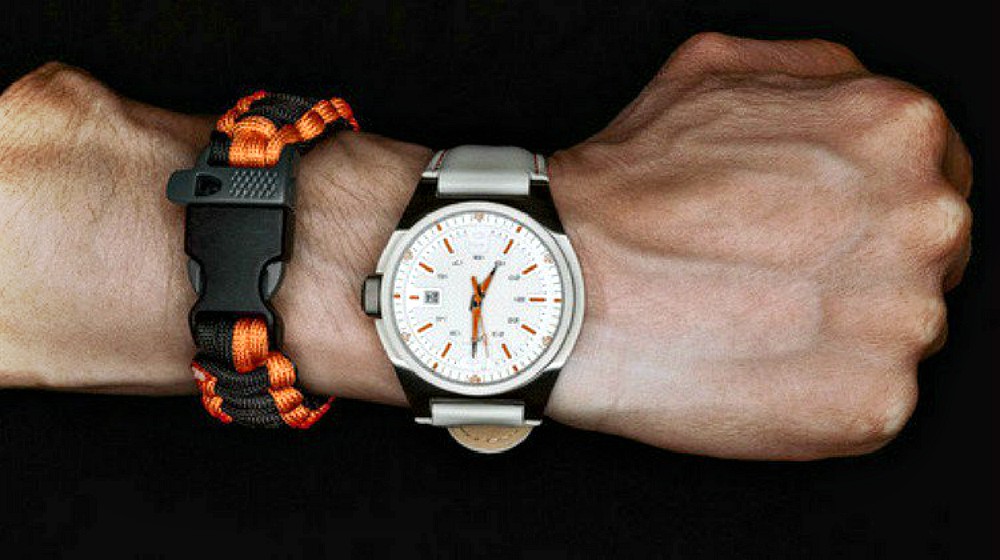
 Do It Yourself9 months ago
Do It Yourself9 months agoHow To Make Paracord Survival Bracelets | DIY Survival Prepping
-

 Do It Yourself9 months ago
Do It Yourself9 months ago21 Home Remedies For Toothache Pain Relief
-
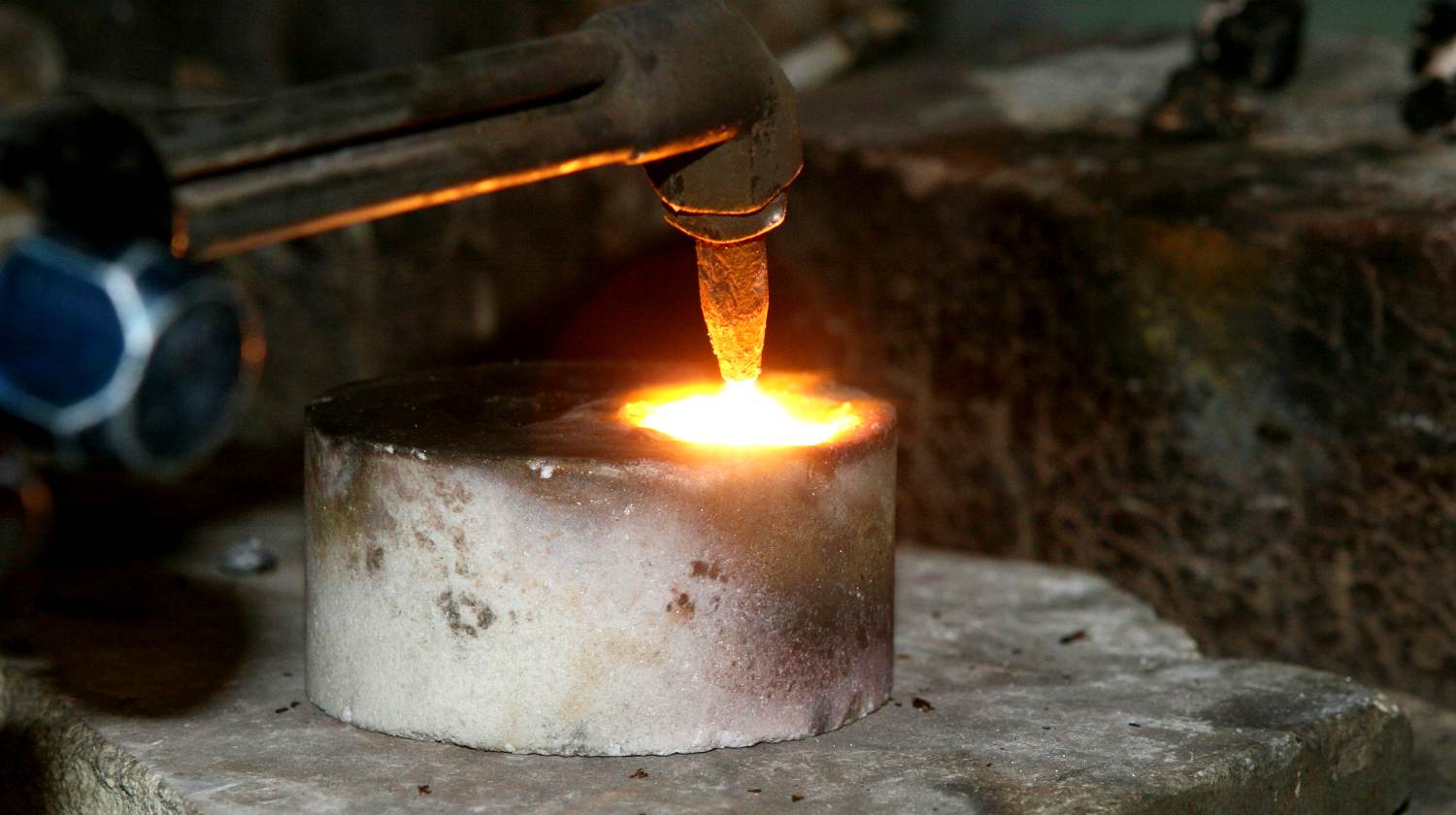
 Do It Yourself10 months ago
Do It Yourself10 months agoSurvival DIY: How To Melt Aluminum Cans For Casting
-
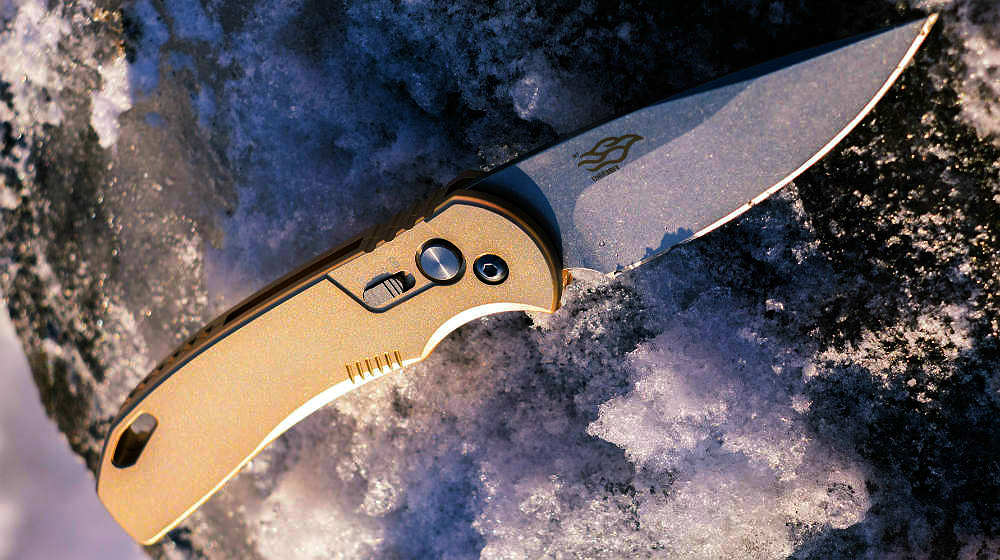
 Exports8 months ago
Exports8 months agoAre Switchblades Legal? Knife Laws By State

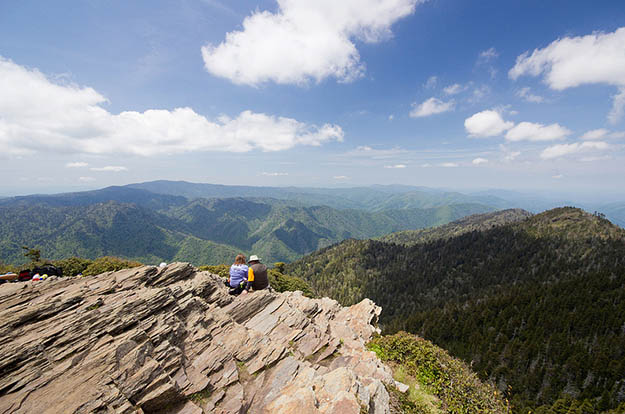
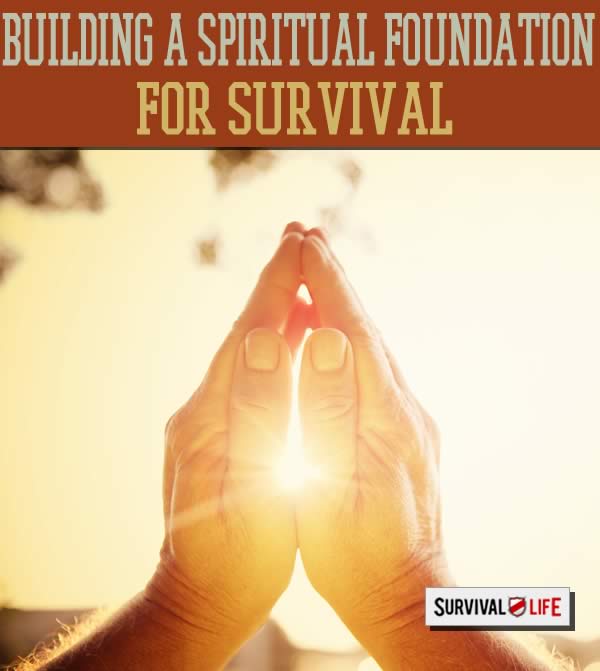

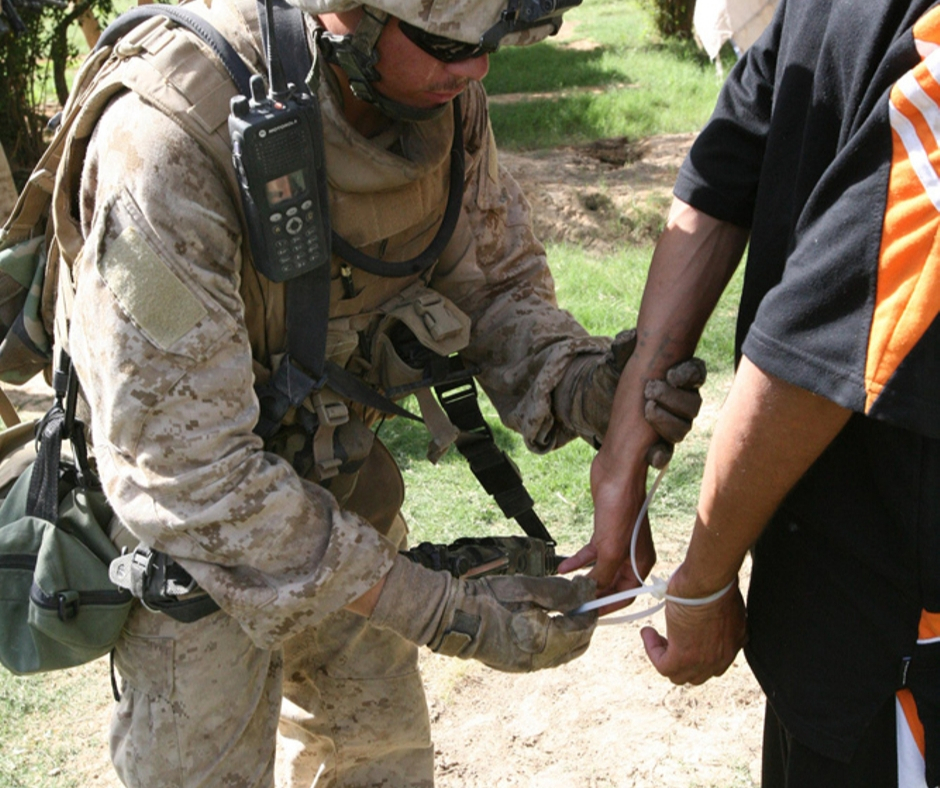
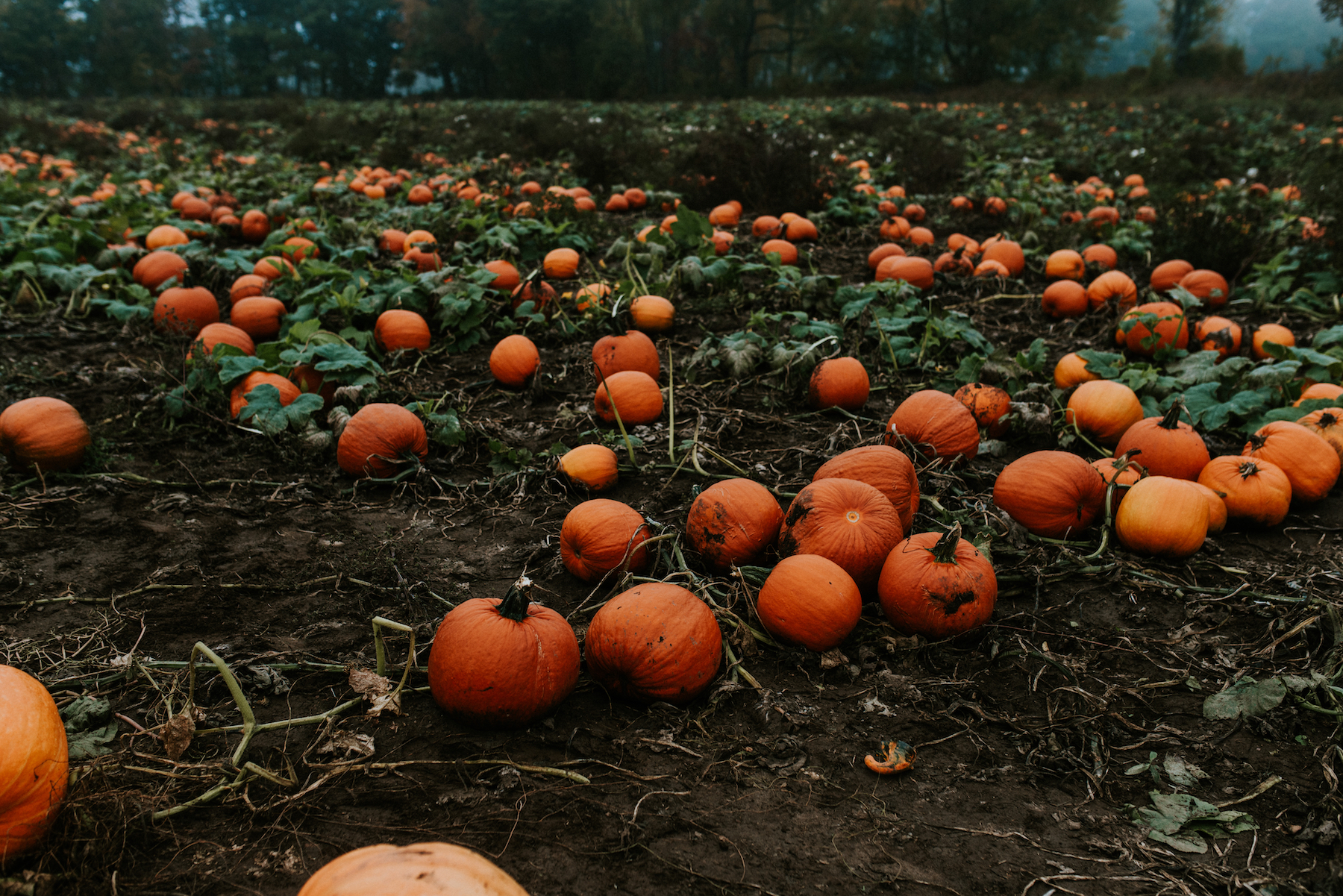


Pingback: Start a Fire with a Guitar Pick | SL
Pingback: Bushcraft Survival Skills: A Great Mindset for Resourcefulness and Preparation | Survival Life
Pingback: 9 Weird Things You Never Knew about Firewood - Survival Frog Blog
Anonymous
March 26, 2018 at 11:41 AM
YOU FORGOT THE SOFTEST OF THE HARDWOODS. COTTONWOOD. PROPERLY CURED THIS WOOD WILL MATCH AND OUT PERFORM MOST OTHER WOODS. WE USED IT FOR 50 YEARS.
Pingback: Rain Barrel DIY | Do's and Don'ts of Building a Rain Barrel | Survival Life
Pingback: The Do’s And Don’ts Of Building Your First Rain Barrel - Survival Gear Review
Pingback: How to Start a Fire in The Snow – Sprent Brass
Pingback: How to Start a Fire in The Snow - Primal Survival
Pingback: How to Start a Fire in The Snow | Survival Go Bag
Pingback: How To Start a Fire in the Snow -
Pingback: How to Start a Fire in The Snow - Cooking in Quarantine
Pingback: Coppicing Trees For Firewood & Survival + Answers to 6 FAQs – The Self-Sufficient Life
Pingback: Coppicing Trees for Firewood | Coppicing Trees for Survival - Primal Survival
Pingback: Coppicing Trees for Firewood | Coppicing Trees for Survival – Sprent Brass